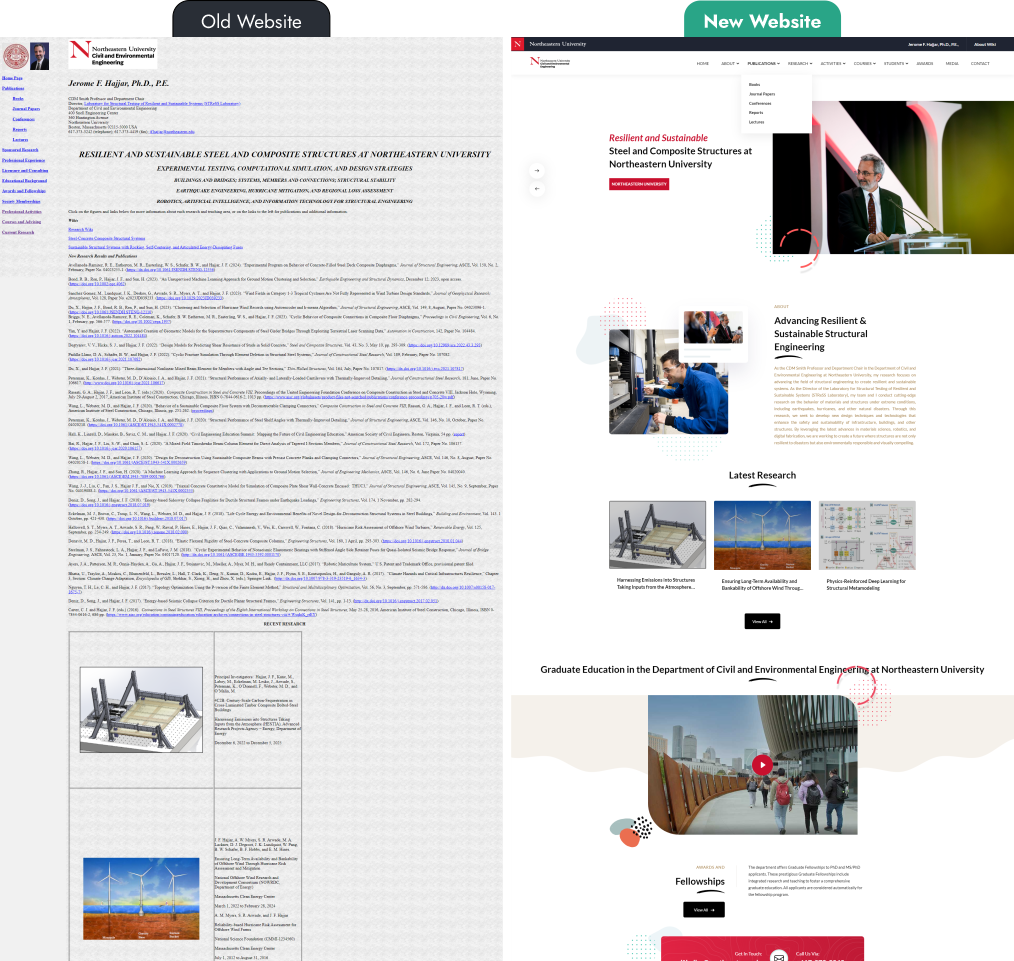
Website Rewamp
The existing website is an outdated static HTML site with poor data organization and limited data accessibility. The static nature of the site hinders efficient data retrieval and user interaction. To address these limitations and enhance the user experience, a new website has been developed.
The goal is to revamp the website by introducing modern design principles and dynamic features that facilitate improved data accessibility and user engagement.

Observation & Findings:
Limited Data Accessibility: The static nature of the old website restricts users from accessing dynamic content and real-time data updates. This can be a significant drawback, especially for websites that require frequent content changes or user interactions.
Outdated Design: The design of the old website may be outdated and not aligned with modern web design standards. This could result in a less appealing visual presentation, affecting user engagement and perception.
Inefficient User Experience: The poor organization of data on the old website contributes to an inefficient user experience. Users may struggle to find the information they need, leading to frustration and a potential loss of engagement.
Lack of Interactivity: The absence of dynamic features on the old website limits user interactivity. Modern websites often include features such as search functionality, user-specific content, and interactive elements that enhance the overall user experience.